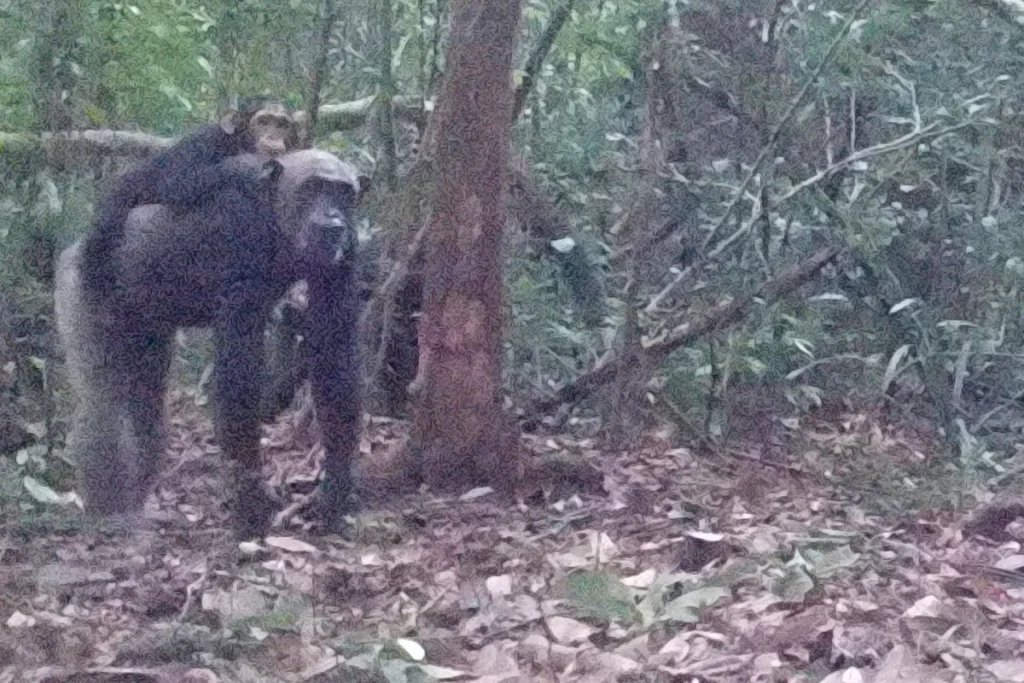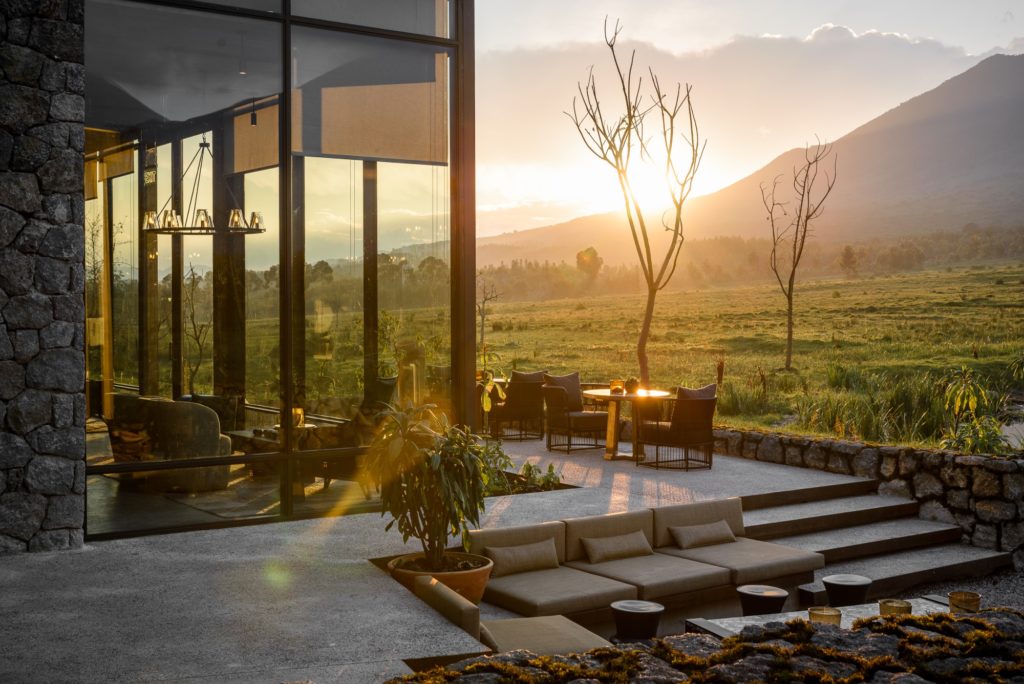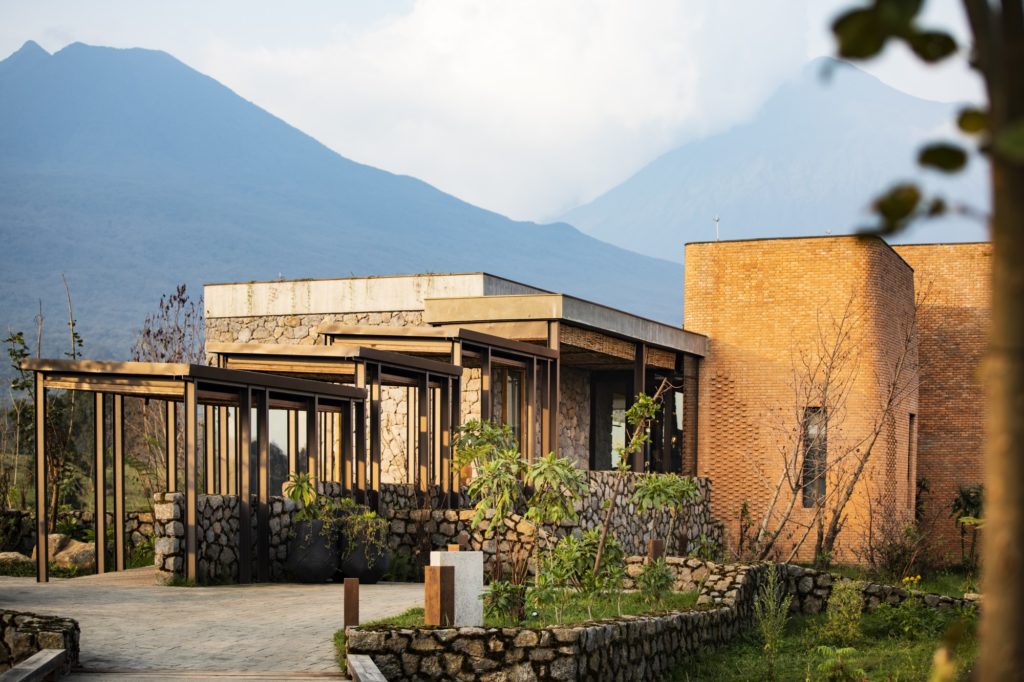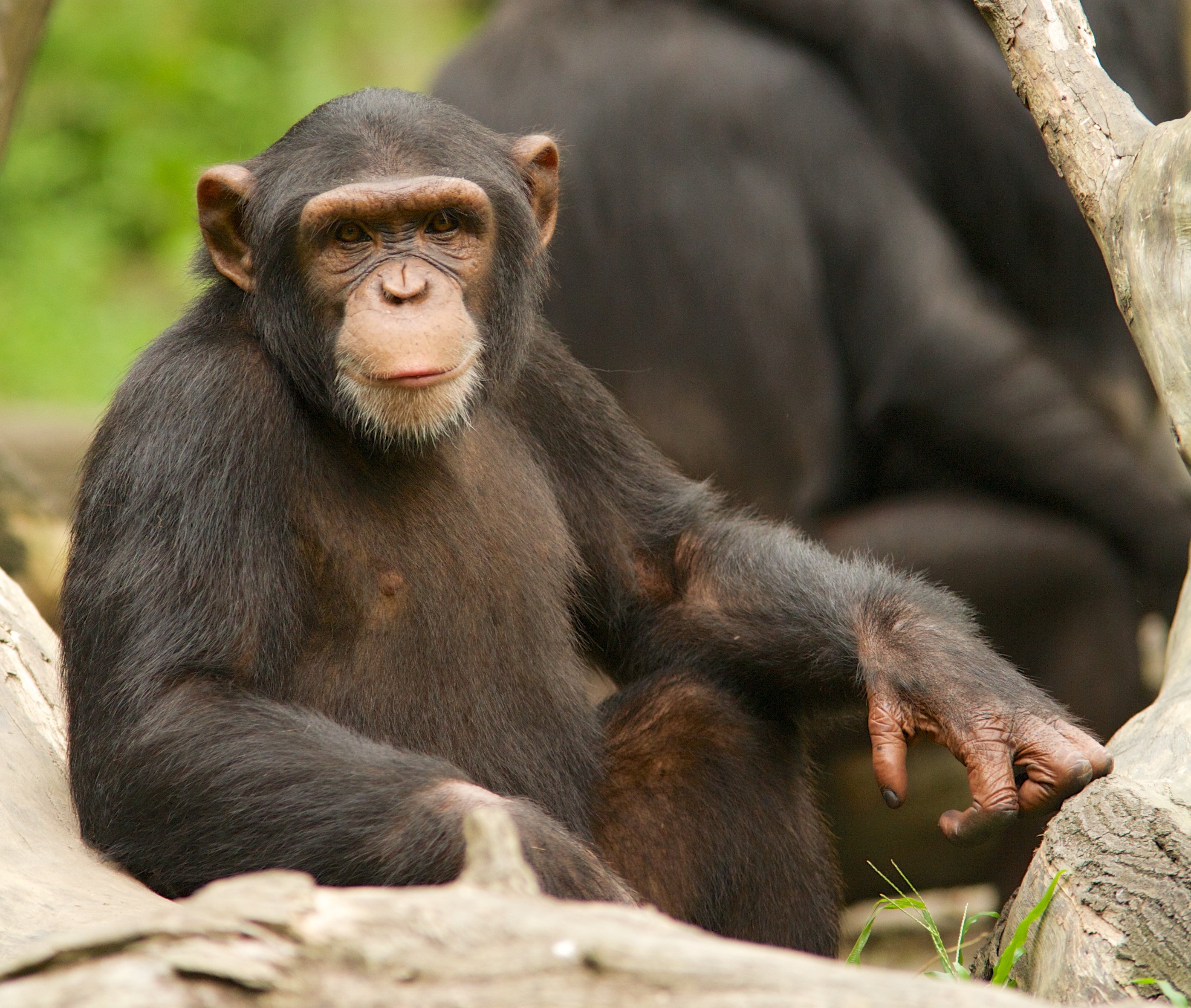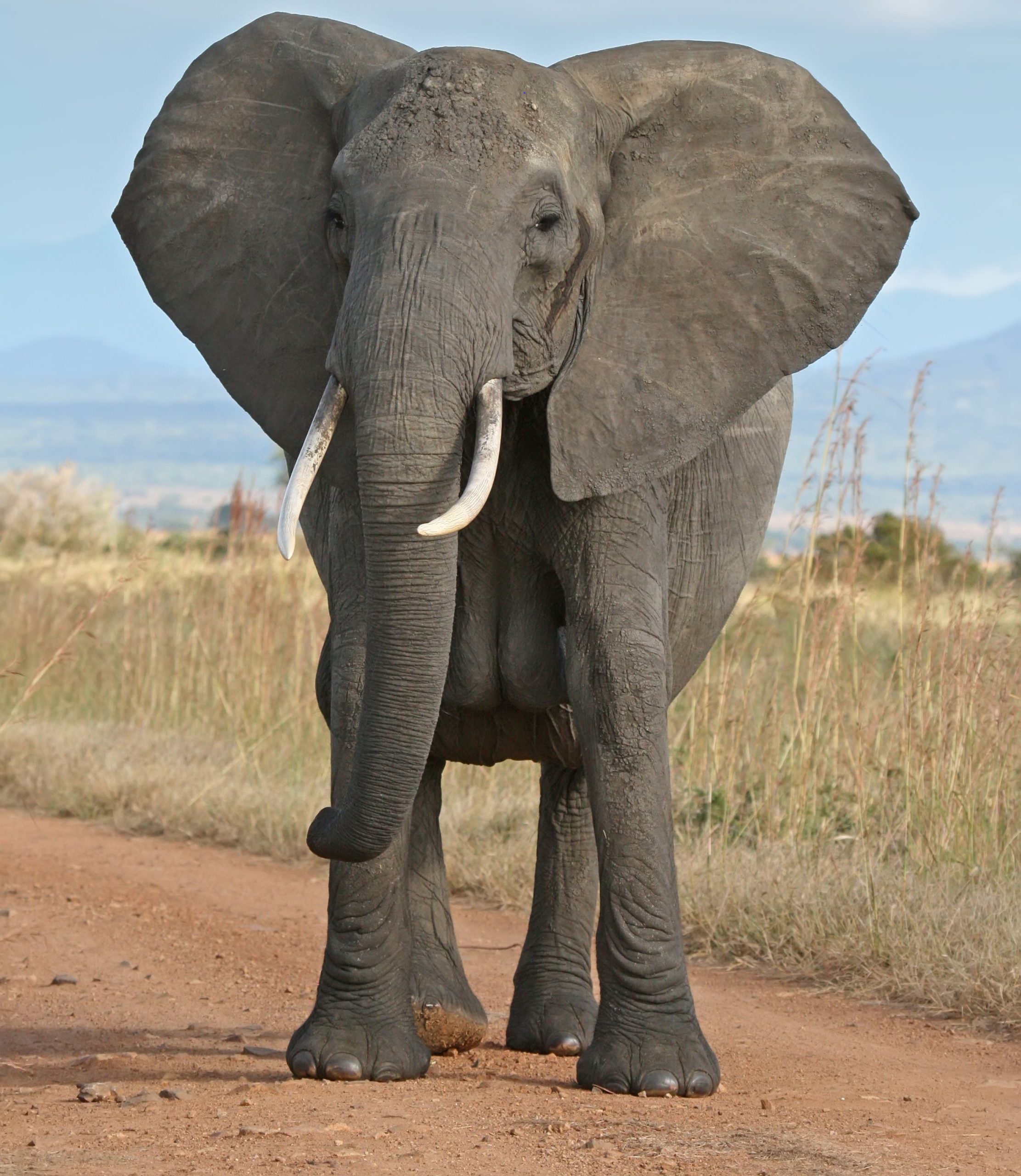It is unfortunately true, that in many of the reserves that have been formed, we do not know what lives within the park. In many places there has been so much poaching that animals keep well clear of any human visitors.
It is also true, that in parks with little or no tourism infrastructure, it is incredibly difficult to find animals. Never-the-less, while this makes it clear that when setting up national parks you need to give them some resources if you wish them to be a success tourism-wise, they can still have impressive conservation successes.
In this instance, clearly chimpanzee are still surviving and even breeding.
